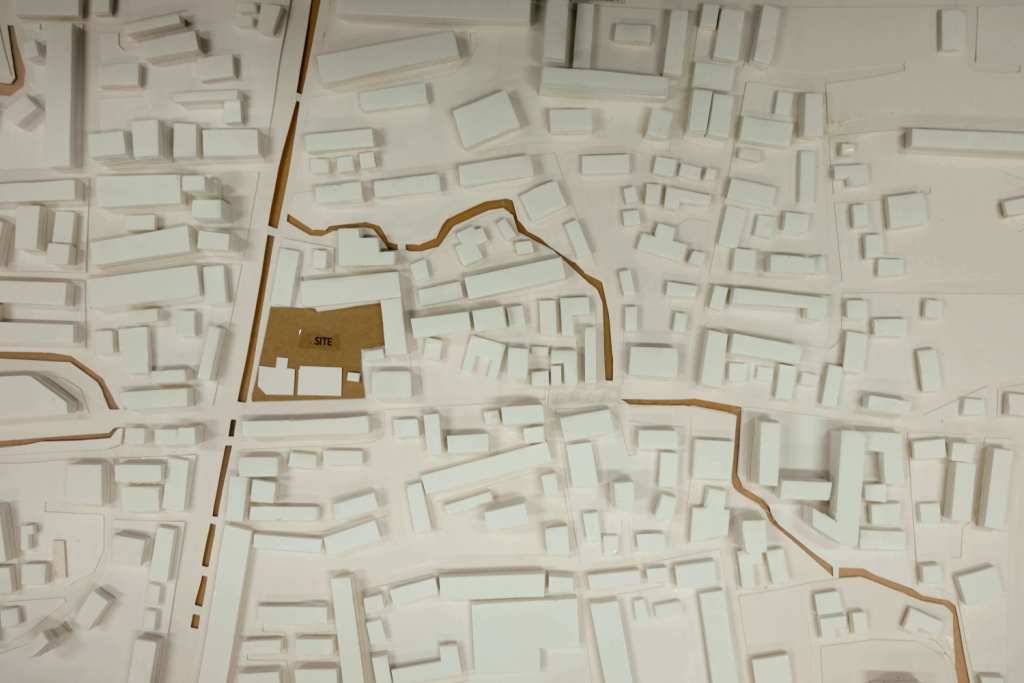Site analysis is the process of surveying and studying the existing environment and how it will influence the building design, structure & layout of the site. Generally, the site visit comes first in any design process. After the completion of a site visit, a detailed site analysis has to be done so as to grasp all the features of the site. These features are very important during the design.

Site analysis is also the process of studying the contextual forces that influence the building such as follows:
- How we might situate a building on site,
- Layout and orientation of building spaces,
- Shape of the building and articulate its enclosure, and
- Establish its relationship to the landscape.
Basically, any site survey or site analysis begins with the gathering of physical data of the site.
Site Location:
Site Location is a first thing one must need to look at. The site should be related to existing roads and landmarks. The time and distances from major nodes should be recorded.

Some basic question should be generated answered such as:
- Where is site located?
- How it is approached?
- What is the name of the street, the road etc. on which the site is located?
- How far away is the important major junction?

Basically, a good site location is a matter of balancing all aspects of the site, by prioritising requirements and considering how both site and building will impact on each other. Also, a good building location can enhance the sustainability, energy efficiency and passive design features of a home, resulting into cost savings and greater comfort for the inhabitants.
Wind Direction:
Most of the locations have a ruling major direction from which the wind blows during different season and time of the year depending upon local climate. However, this will not always hold true and will vary from location to location. If a designer wants to design a climatically responsive house, it is very important to consider the wind direction that can be channelized through interiors. This will play an important role in size & placement of openings.

Wind direction, frequency and speed will influence the building design including weather tightness detailing, entry locations, size and placement of windows, selection of roof and wall cladding, bracing requirements, and provision of shelter in outdoor spaces.
List of things that should be followed for wind oriented buildings are:
- Wind regions and zones
- Designing for wind
- To gather information about local wind conditions.
Thus the location of site & wind direction is important in any site survey not only for healthy & fresh atmosphere inside the home but also for its long term safety. If the atmosphere of the home is fresh & healthy, it will increase the happiness of the family.


